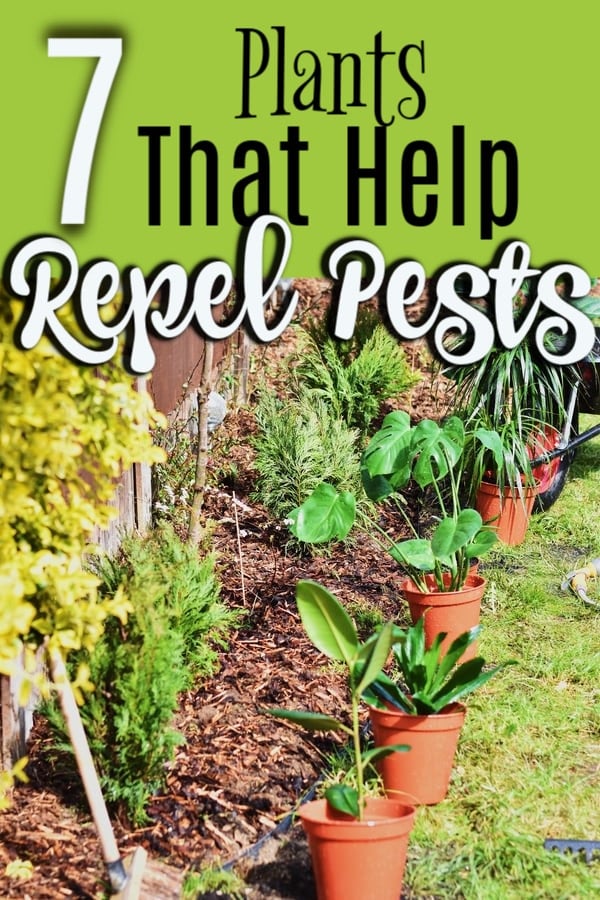Have you ever dreamed of filling your pantry with hearty, nutritious winter squash? Well, today we’re going to dive in from seed to harvest.
Winter squash is a great vegetable to grow for many reasons. Not only is it delicious and nutritious, but it’s also versatile and easy to prepare.
Winter squash can be roasted, baked, sautéed, or even turned into soup. It’s also a good source of vitamins A and C, potassium, and fiber.

Choosing the Right Seeds
Once you have your seeds in hand, it’s time to prepare your soil for planting. Squash plants love rich, well-draining soil, so be sure to amend your garden bed with plenty of compost or aged manure. Your winter squash will thank you later.
When choosing winter squash seeds, look for varieties that are suited to your climate and growing conditions.
Some popular varieties of winter squash include butternut, acorn, spaghetti, and Hubbard. Be sure to choose seeds that are fresh and healthy-looking to ensure the best possible results.

Start Seeds Indoors
Winter squash should be started indoors in the early spring, about 2-3 weeks before your last expected frost date.
Plant the seeds in individual peat pots, using a high-quality potting mix. Keep the soil moist and warm, around 70-80°F. The seeds should germinate in 7-10 days.
Choose the Right Location
Winter squash needs full sun and well-drained soil to thrive.
Choose a location in your garden that gets at least six hours of sunlight per day and has soil that’s rich in organic matter.
If your soil is heavy or clay-like, you can amend it with compost or sand to improve drainage.
Prepare the Soil
Before planting your winter squash out in the garden, you’ll need to prepare the soil.
Remove any weeds or debris and loosen the soil to a depth of at least 12 inches. Add compost or other organic matter to the soil to help it retain moisture and nutrients.
You Might Also Like: What Are Soil Amendments?

Transplant Seedlings
When the seedlings are about 3-4 inches tall, they’re ready to be transplanted outdoors.
Choose a sunny location with well-drained soil.
Dig a hole for each seedling and place it in the hole, making sure to cover the roots with soil up to the first set of leaves. Space the seedlings about 3-4 feet apart.
Choose the most robust seedling in each planting hole and gently remove the others, only the strong survive.. lol
Spacing
Now, let’s talk a little about organization. Winter squash vines can become quite unruly if left unchecked. To remedy this, create mounds or raised beds for your plants.
Each mound should be about three feet apart. This not only gives them space to spread but also improves air circulation, reducing the risk of fungal diseases.
Water and Fertilize
During their early growth stage, make sure to water the plants regularly and consistently. Aim for moist soil, not soggy or bone-dry conditions.
A deep, thorough watering once a week is usually sufficient, but always adjust according to your local climate and weather patterns.
It’s also a good idea to fertilize the plants every 2-3 weeks with a balanced fertilizer. Be careful not to over-fertilize, as this can lead to excessive foliage growth and poor fruit production.

Control Pests and Diseases
Winter squash is vulnerable to a number of pests and diseases, so it’s important to monitor the plants regularly and take action as needed.
Common pests include squash bugs, cucumber beetles, and squash vine borers. You can control these pests by handpicking them off the plants or using insecticidal soap.
Diseases to watch out for include powdery mildew and bacterial wilt.
You Might Also Like: 7 Plants That Help Repel Pests

Trellising
As your plants grow taller and stronger, you may notice that they’re reaching out their tendrils in search of something to hold onto. This is where trellising enters the picture.
By providing your winter squash with a sturdy trellis or support system, you not only save precious garden space but also protect your tender fruits from pests and rotting on the ground.
Secure the growing vines to the trellis gently, using soft ties or twine.
Mulching
Spread a layer of organic mulch around the base of your plants to retain moisture, suppress weeds, and regulate soil temperature.
This protective layer acts as a shield, keeping your plants happy and healthy.
Harvest and Store
Winter squash is ready to harvest when the skin is hard and the stem is dry and brown.
Use a sharp knife to cut the squash from the vine, leaving about an inch of stem attached.
After harvesting, store the squash in a cool, dry place for 1-3 months.
Winter squash can be baked, roasted, or used in soups and stews.

Quick Tips For Growing Winter Squash
- Start your winter squash seeds indoors using the proper techniques.
- Prepare your garden bed by clearing any debris and amending the soil.
- Transplant your seedlings into the garden once they are strong and established.
- Provide regular irrigation and monitor soil moisture to ensure proper growth.
- Implement pest prevention strategies such as companion planting and organic sprays.
- Keep an eye out for common diseases and take preventive measures to protect your plants.
Key Takeaway
Winter squash is a great crop for home gardeners because it’s relatively easy to grow and can be stored for months after harvesting.
This makes it a great vegetable to grow in bulk and enjoy throughout the winter months.





Leave a Reply